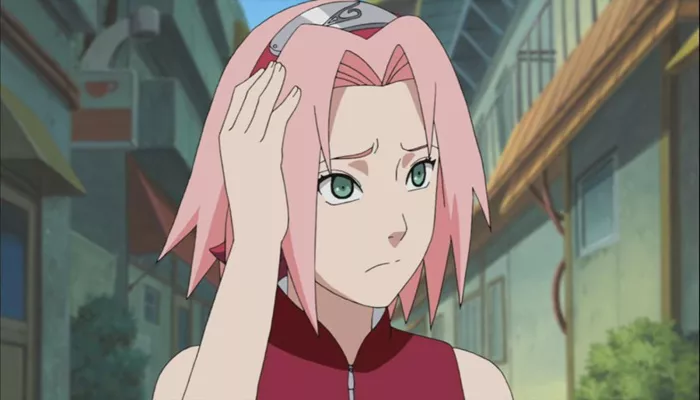Sakura Haruno is one of the main characters in the popular anime and manga series Naruto, created by Masashi Kishimoto. She is a kunoichi (female ninja) from the Hidden Leaf Village and a member of Team 7 alongside Naruto Uzumaki and Sasuke Uchiha. Over the course of the series, Sakura grows from a young girl infatuated with Sasuke into a strong medical ninja and a key supporting character. Despite this, her personality and role have sparked much debate among fans, especially regarding whether she fits the “tsundere” archetype.
What Does Tsundere Mean?
The term tsundere originates from Japanese anime culture and describes a character who is initially cold, harsh, or combative but gradually reveals a softer, caring side, especially towards someone they like. This emotional duality is the hallmark of tsundere characters, who often struggle to express affection openly and may appear rude or hostile as a defense mechanism. Common traits include:
- Harsh or cold behavior on the surface
- Difficulty expressing feelings of love or care
- Easily embarrassed when their true feelings show
Tsundere characters are popular because they show complex emotions and growth, making them relatable and engaging to audiences.
Is Sakura Haruno a Tsundere?
Arguments Against Sakura Being a Tsundere
Many fans and critics argue that Sakura is not a true tsundere. Unlike classic tsundere characters who hide their feelings behind a tough exterior, Sakura is often very direct and open about her emotions, especially with Sasuke. She does not consistently show the typical cold-to-warm progression that defines tsundere characters. For example, she is straightforward in expressing her affection for Sasuke and does not usually act hostile to mask her feelings.
Moreover, Sakura’s harshness is not primarily aimed at the person she loves but sometimes directed at Naruto, which does not fit the typical tsundere pattern where hostility is usually linked to romantic feelings.
Why Some See Sakura as Tsundere
Despite these points, some viewers perceive Sakura as having tsundere-like traits because she occasionally shows a mix of bluntness and caring. Early in the series, she can be dismissive or rude, yet she deeply cares for her friends and teammates. Studio Pierrot’s anime adaptation emphasized this aspect, sometimes exaggerating her harshness for comedic effect, which made her appear more tsundere-like to some fans.
Still, this portrayal is more of an embellishment for entertainment rather than a faithful representation of her character in the manga, where her emotional growth and sincerity are clearer.
Sakura’s Character Development Beyond Tsundere
From Infatuation to Strength
Sakura starts as a typical young girl with a crush on Sasuke, often showing jealousy and frustration. However, she evolves significantly throughout the series. She trains under Tsunade, the Fifth Hokage, to become a skilled medical ninja and a powerful fighter. Her growth is emotional as well as physical, as she learns to care for Naruto and others beyond her initial narrow focus on Sasuke.
Misunderstood and Underrated
Sakura has been one of the most controversial characters in Naruto. While some fans dislike her for perceived weaknesses or annoying traits, others recognize her as a symbol of perseverance and hard work. She achieves her goals without any special lineage or supernatural destiny, which contrasts with Naruto and Sasuke’s backgrounds, making her an inspiring character in her own right.
Emotional Complexity
Her emotional duality is not exactly the tsundere type but rather a more realistic portrayal of a young woman growing up under difficult circumstances. Sakura’s moments of harshness often stem from insecurity or frustration, but she is also capable of deep empathy and loyalty. This complexity makes her a more nuanced character than a simple tsundere archetype.
Conclusion
In summary, Sakura Haruno does not fit neatly into the tsundere category. While she shares some traits with tsundere characters, such as occasional bluntness and difficulty expressing feelings, she is generally more open and straightforward. Her character development and emotional depth go beyond the typical tsundere mold, making her a unique and multifaceted figure in anime.
The tsundere label often applied to Sakura is more a result of certain exaggerated portrayals in the anime and fan interpretations rather than her true character as written in the manga. Sakura’s journey is one of growth, strength, and genuine care, which deserves recognition beyond simplistic archetypes.
Related topics:


